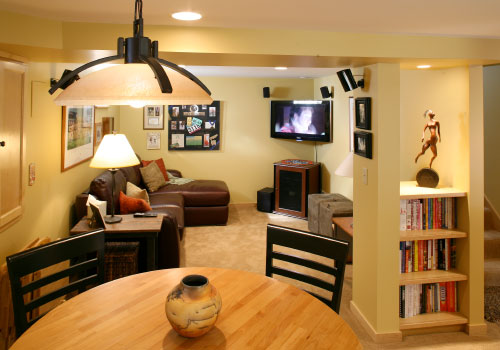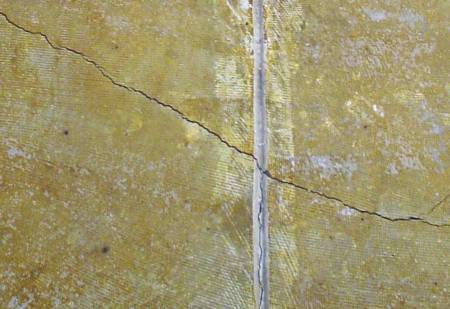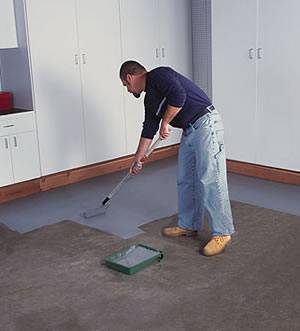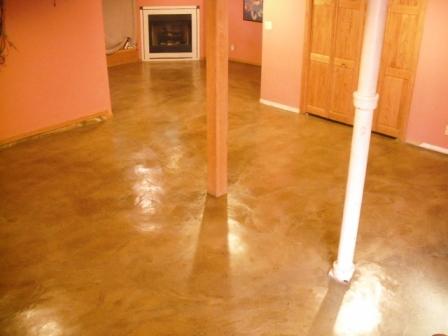
A partial or full basement is actually an undiscovered goldmine.If a property has one, homeowners only need to tap into their inner creativity to transform that damp and musty area usually condemned for perpetual storage in to functional living space where fun activities for family and friends can be conducted. Turn it into a spare bedroom, a bar or an entertainment room, the possibilities are just endless.
Often, we are misguided that the belief that our basement flooring is just plain unmanageable which is why we condone that extra space to be left with very little use. Below are 7 myths about basement flooring revealed:
Myth #1: Concrete basement floors are damp and cold.
In the earlier years of concrete construction, maybe. These days most building codes require contractors to install a vapor barrier on concrete slabs to block moisture migration. There is also the option for in-floor radiant heating which can be installed prior to poring of concrete slabs.
There has also been a significant increase in upscale homes opting for decorative internal concrete flooring.

Myth #2: Floor coverings are better and cheaper than decorative concrete.
Decorating concrete floors can cost just as much as carpets or laminate flooring, however the difference is in the floors’ life expectancy. Concrete will far outlive most if not all other types of available flooring materials. Not only that, concrete will outdo any floor covering material when it comes to enduring natural elements like water and will not be prone to cupping, warping or even decay.

In short, over time homeowners will get more than their investment in decorative concrete flooring. Compared to other durable and high end flooring products like natural stone and ceramic tiles, concrete is significantly cheaper and is normally considered an alternative.
Another advantage is maintenance, decorative concrete only requires occasional sweeping and damp moping.
Myth #3: Carpeting is warmer and more inviting than concrete.
Technically, this is not a myth. It is true that carpet is warmer as for being inviting, it has to stand the test of the elements. Maintenance and the carpeting’s reaction to below grade environment. There is an ever present risk of it being a breeding ground for molds, mildew, dust mites and other allergens.
Some new form of carpeting might also have hazardous emissions that may not be well-suited to basements, especially if they are not well-ventilated.
Myth #4: Cracks in concrete are inevitable and we must cover them up.
Cracks is something that will naturally occur in concrete and unless they pose danger and raises some structural issues, you don’t necessarily have to cover them up. For some, these cracks can even give more appeal and character to concrete basement decorative flooring. They give a more rustic feel to the room.
However if find them as eyesores, there are polymer-modified cement-based overlay can easily cover and hide them. These are also suited for treatment.

Myth #5: Concrete basement flooring, especially decorative ones are slippery.
And so are vinyl and ceramic tiles. While adding a high gloss finish might reduce the traction of decorative concrete flooring this can be easily corrected by mixing a non-slip additive to the treatment or finish before application.

Myth #6: Decorative concrete flooring has limited colors compared to carpet, vinyl or wood laminate flooring choices.
This is really a myth. Decorative concrete flooring offers great versatility in terms of designs and colors – stamped, stenciled, coated, dyed, etched or painted, the possibilities are just endless.
Creating unique and beautiful decorative concrete flooring is possible and at the same time economical and durable. Just be cautious when using paints and other materials as basements may have poor or limited ventilation and fumes might be hazardous.




